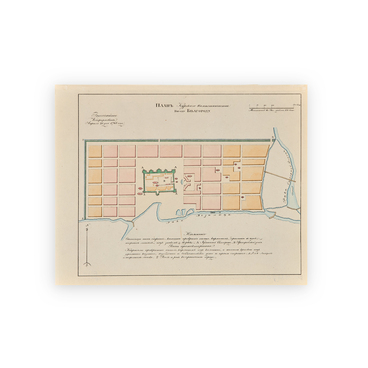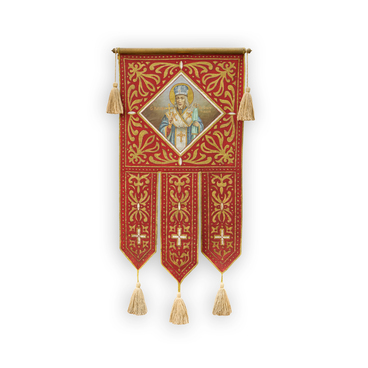The largest treasure trove of the Belgorod State Historical and Local History Museum consists of 3160 copper coins of the 18th century. The treasure was discovered in 1967 by Mikhail Anatolyevich Chebotarev, a resident of the village of Kochetovka in the Ivnyansky district. Thanks to this accidental find, the numismatic collection of the Belgorod State Historical and Local History Museum was enriched with copper coins in denominations of two and five kopecks.
Copper coins with a face value of five kopecks began to be minted during the reign of Elizabeth Petrovna, starting in 1758. The value of such a coin was determined by the price of a pood of copper at 16 rubles. The obverse of the coin remained unchanged, featuring the imperial monogram with the name of Elizabeth under the imperial crown between laurel branches, with the year of minting on either side. The general design of the reverse side of the coin showed a double-headed eagle, under which was a cartouche with the denomination “ПЯТЬ КОПѢЕКЪ” (FIVE KOPECKS).
During the reign of Peter III, the coins were re-minted and their value changed to 10 kopecks. Catherine II decided to return the coin to a five kopeck denomination. That is how the copper five-kopeck coin went down in history. The five-kopeck coins of the reign of Catherine II from 1763 had a similar design to the coins of the reign of Elizabeth Petrovna, but with Catherine’s monogram. They were minted without change annually until 1796, that is, for almost all 34 years of her reign, and are considered the most numerous coins in the world after Chinese cash coins.
Copper coins were originally intended only for exchanging large silver coins and soon almost equaled them in value, becoming a primary currency as well. The large-scale minting of copper coins is also explained by the fact that they served as collateral for paper money — assignants, introduced by Catherine II in 1769.
In addition, the country had an ample supply of domestic copper, unlike gold and silver, which had to be imported from abroad. Copper was mined mainly in the Urals, so the main minting of coins was concentrated at the Yekaterinburg Mint. At different times, minting was also carried out by other mints of the Russian Empire.
At one time, the treasure trove was restored.
During the restoration work, corrosion and contamination products were removed,
and the surface of the coins was preserved.


